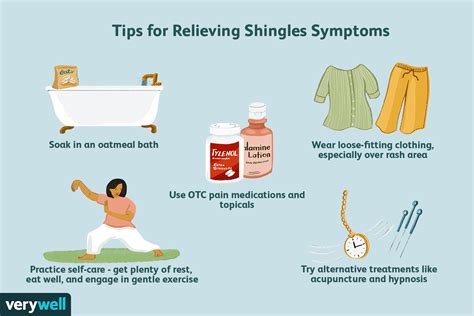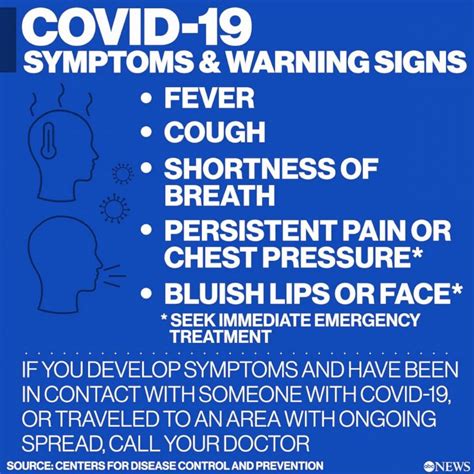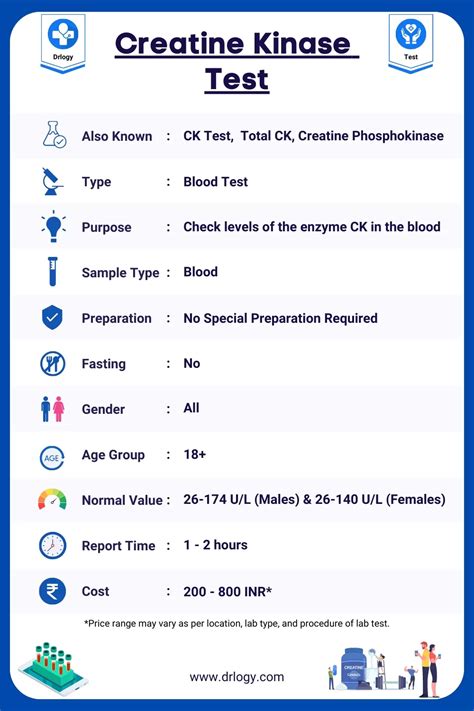Shingles, also known as herpes zoster, is a viral infection that causes a painful rash, often accompanied by fever, headache, and fatigue. While it’s more common among adults, especially those over 50, children can also develop shingles. The condition is usually caused by the reactivation of the varicella-zoster virus, which is the same virus that causes chickenpox. If your child has been diagnosed with shingles, it’s essential to understand the treatment options available to provide relief and prevent complications.
Understanding Shingles in Children
Before diving into treatment options, it’s crucial to understand how shingles affects children. Children who have had chickenpox are at risk of developing shingles later in life. However, shingles in children is relatively rare and often less severe than in adults. The condition typically starts with a tingling, burning, or numbness sensation, followed by a rash that can last from 7 to 14 days. In some cases, children may experience complications, such as postherpetic neuralgia (persistent pain after the rash has cleared), bacterial infections, or eye problems if the rash occurs near the eyes.
Treatment Options for Children
While there’s no cure for shingles, several treatments can help manage symptoms, reduce the risk of complications, and shorten the duration of the illness. Here are some commonly used treatment options for children:
Antiviral Medications: These are the primary treatment for shingles in children. Antiviral medications, such as acyclovir, valacyclovir, and famciclovir, work by stopping the virus from multiplying. They are most effective when started within 72 hours of the rash’s appearance. These medications can help reduce the severity and duration of the symptoms, as well as decrease the risk of complications.
Pain Relief Medications: Shingles can be very painful, and managing this pain is a crucial part of the treatment. Over-the-counter pain relievers like acetaminophen (Tylenol) or ibuprofen (Advil, Motrin) can help. In some cases, if the pain is severe, a doctor may prescribe stronger pain medications.
Topical Creams: Certain creams or patches, such as capsaicin cream or lidocaine patches, can be applied directly to the skin to relieve pain. These are usually used for postherpetic neuralgia.
Cool Compresses: Applying a cool, wet compress to the affected area can help reduce pain and discomfort. This is a simple and effective method for managing symptoms at home.
Rest and Hydration: Ensuring your child gets plenty of rest and stays well-hydrated is important for helping their body fight off the virus.
Home Care and Prevention
In addition to medical treatments, there are several home care and preventive measures that can help your child feel better and reduce the risk of spreading the virus:
- Keep the Rash Clean: Gently wash the rash with soap and water to prevent bacterial infections. Avoid picking at the blisters, as this can lead to infection and scarring.
- Wear Loose Clothing: Tight clothing can irritate the rash and make your child uncomfortable.
- Avoid Scratching: Scratching can lead to infection and scarring. Keep your child’s fingernails clean and short to minimize the risk.
- Stay Hydrated: Encourage your child to drink plenty of water to stay hydrated.
- Rest: Ensure your child gets plenty of rest to help their body recover.
When to Seek Medical Attention
While most cases of shingles in children can be managed at home, there are situations where medical attention is necessary. Seek medical help immediately if your child experiences any of the following:
- Worsening Symptoms: If your child’s symptoms worsen, such as increased pain, fever, or difficulty breathing.
- Eye Involvement: If the rash occurs near or in the eyes, as this can lead to serious complications.
- Severe Pain: If your child’s pain is severe and not managed with over-the-counter medications.
- Fever Over 102°F: High fevers can be a sign of complication.
- Difficulty Breathing: If your child has difficulty breathing or shows signs of respiratory distress.
Long-Term Care and Follow-Up
After the initial treatment, it’s essential to follow up with your child’s healthcare provider to ensure the condition is improving and to address any potential complications. Long-term care may involve managing postherpetic neuralgia if it develops or dealing with any psychological impact of the illness, such as anxiety or depression.
FAQ Section
Can Children Get Shingles More Than Once?
+While it's possible for children to get shingles more than once, it's relatively rare. The risk of recurrence is higher in individuals with weakened immune systems.
How Contagious Is Shingles in Children?
+Shingles itself is not contagious, but the varicella-zoster virus can spread from a person with shingles to someone who has never had chickenpox, causing that person to develop chickenpox, not shingles. The virus is spread through direct contact with the fluid from the rash blisters, not by airborne transmission.
Can Shingles in Children Be Prevented?
+The varicella vaccine can prevent chickenpox, which in turn reduces the risk of developing shingles later in life. There is also a shingles vaccine available for adults, which can prevent shingles or reduce its severity. However, the shingles vaccine is not typically recommended for children.
What Are the Possible Complications of Shingles in Children?
+Possible complications of shingles in children include postherpetic neuralgia, bacterial infections of the skin, and eye problems if the rash is near the eyes. In rare cases, shingles can lead to more serious conditions, such as pneumonia, encephalitis (inflammation of the brain), or stroke, especially in children with weakened immune systems.
In conclusion, while shingles in children is a concerning condition, understanding the treatment options and taking proactive steps can help manage symptoms, prevent complications, and ensure the best possible outcome for your child. Always consult with a healthcare professional for personalized advice and treatment plans tailored to your child’s specific needs.



